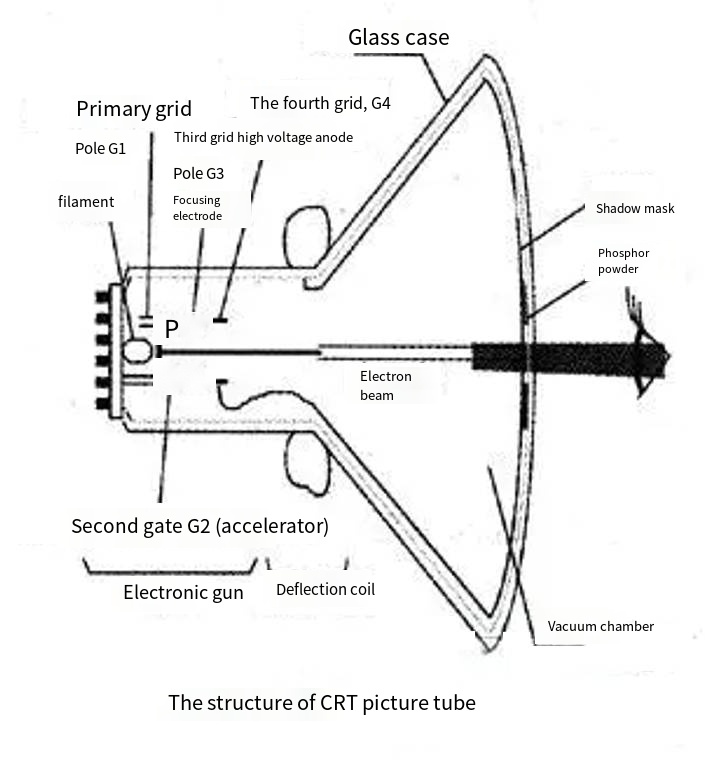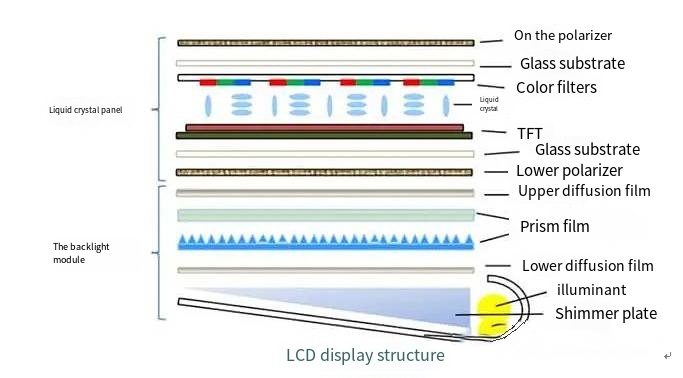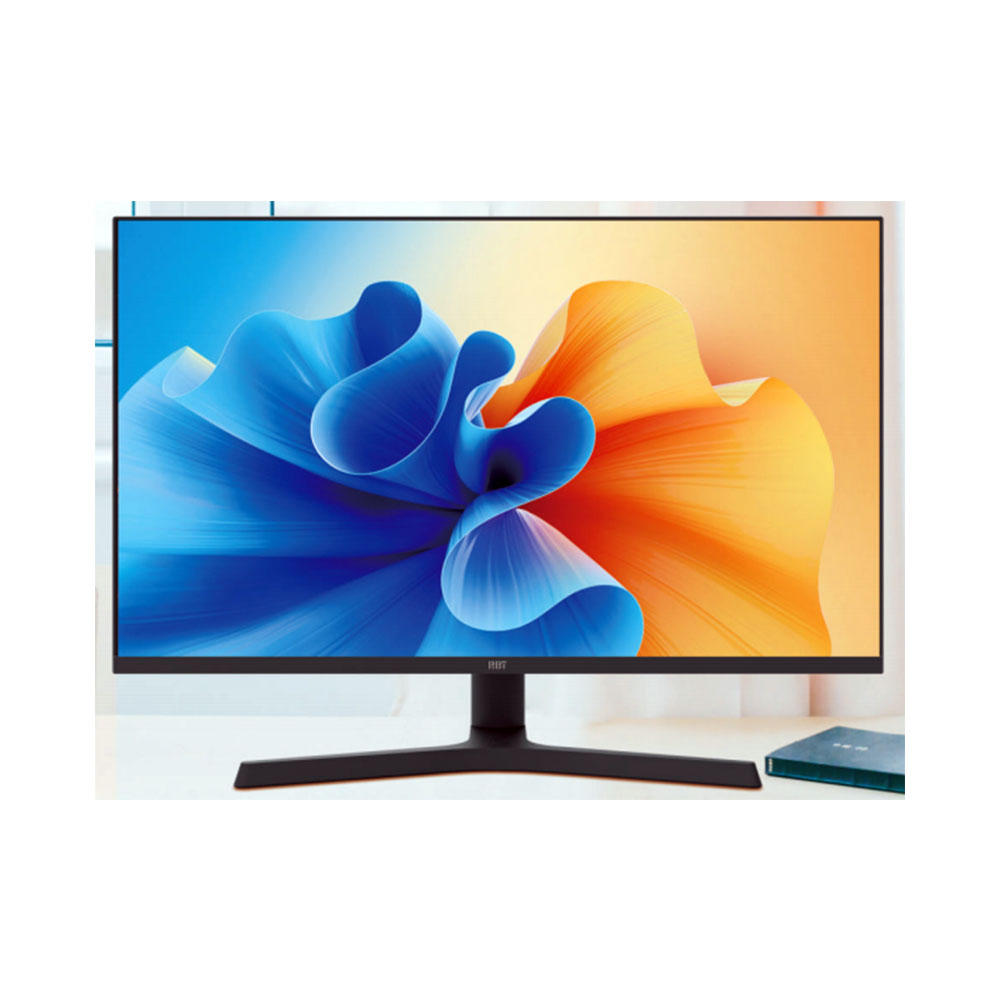1. The History of CRT Computer Monitors
1.1 What is the history of CRT computer monitors?
Cathode Ray Tube (CRT) monitors were the pioneers in the world of computer displays. They made their debut in the mid-20th century and remained the dominant technology for several decades. CRT monitors consisted of a large, bulky glass tube that employed an electron gun to fire electrons at a phosphorescent screen. The interaction of these electrons with the screen created the images we see on the monitor.

2. How Monitors Have Evolved Over Time
2.1 How have monitors evolved over time?
The evolution of PC monitors has been nothing short of remarkable. The transition from CRT to modern display technologies marked a significant turning point. Over time, monitors have become more compact, lighter, and technologically advanced. We’ve witnessed innovations such as Liquid Crystal Displays (LCDs), Light-Emitting Diodes (LEDs), and, most recently, Organic Light-Emitting Diodes (OLEDs). Each step in this evolution brought about improvements in image quality, size, energy efficiency, and overall user experience.
3. Understanding the Difference Between CRT, LCD, LED, and OLED
3.1 What is the difference between CRT, LCD, LED, and OLED?
To understand this transition better, let’s compare these technologies:
CRT: Bulky, heavy, and used electron beams. Limited in terms of screen size and resolution.
LCD: Utilizes liquid crystals and backlighting for improved image quality. Thinner and lighter than CRT.
LED: Similar to LCD but uses Light-Emitting Diodes for backlighting, providing better energy efficiency and color accuracy.
OLED: Organic Light-Emitting Diodes offer self-emissive pixels, resulting in vibrant colors, deep blacks, and ultra-thin displays.

4. Why Did We Switch from CRT to LCD?
4.1 Why did we switch from CRT to LCD?
The transition from CRT to LCD monitors was driven by several key factors:
Size and Weight: CRT monitors were bulky and heavy, taking up significant desk space. LCDs, being much thinner and lighter, offered greater convenience and portability.
Energy Efficiency: LCD monitors consumed significantly less power than CRTs, leading to reduced energy bills and a smaller environmental footprint.
Image Quality: LCD technology improved image quality, offering sharper and more vibrant displays.
Safety: CRT monitors emitted harmful radiation, while LCDs were radiation-free, making them safer for long-term use.
5. The Emergence of OLED Monitors
Today, the evolution of PC monitors continues with the rise of OLED technology. Organic Light-Emitting Diode displays offer numerous advantages, including vibrant colors, high contrast ratios, rapid response times, and flexible form factors. OLED monitors are paving the way for more immersive and visually stunning computing experiences.
Conclusion
The journey from CRT to OLED monitors is a testament to the rapid advancements in technology and innovation. We’ve witnessed a remarkable transformation, from bulky and energy-hungry CRT displays to the sleek and vibrant OLED monitors of today. As technology continues to evolve, we can look forward to even more exciting developments in the world of PC monitors
In summary, the evolution of PC monitors reflects not only the changing needs of users but also the relentless pursuit of excellence in display technology. The future promises more astonishing breakthroughs, and as consumers, we can eagerly anticipate what lies ahead in the realm of PC monitors.



